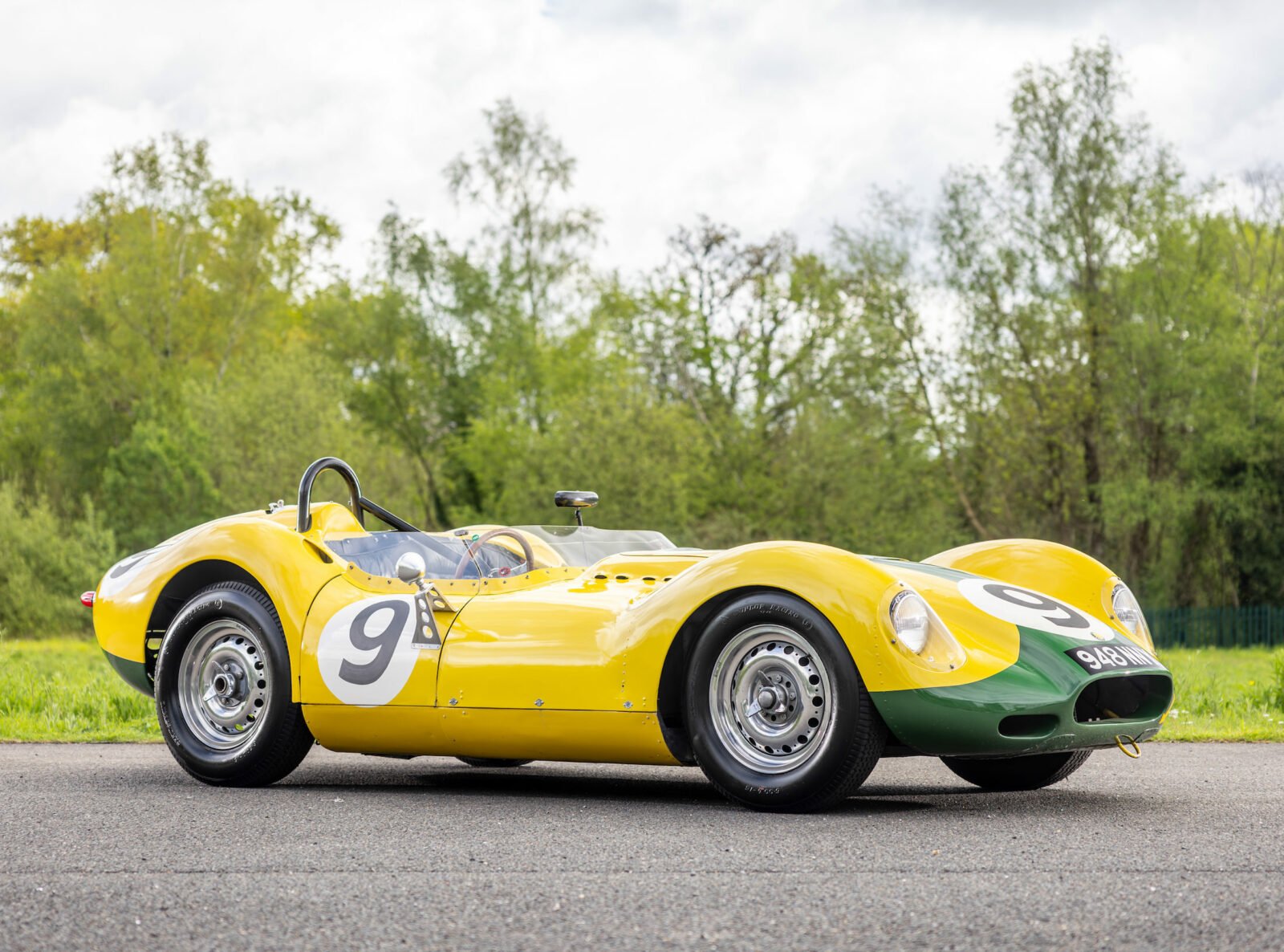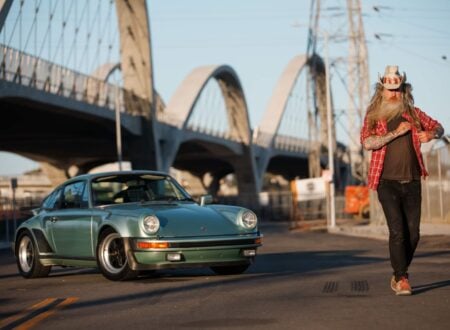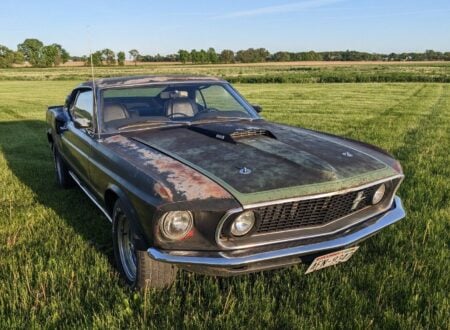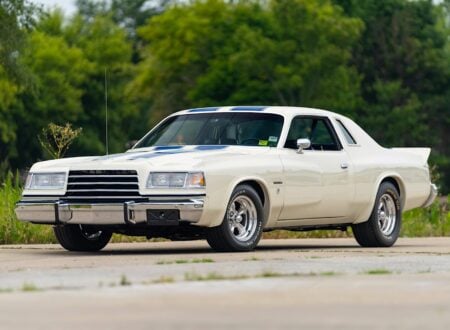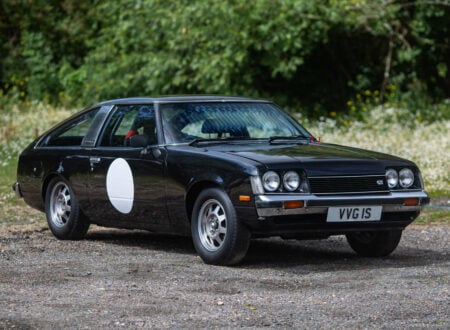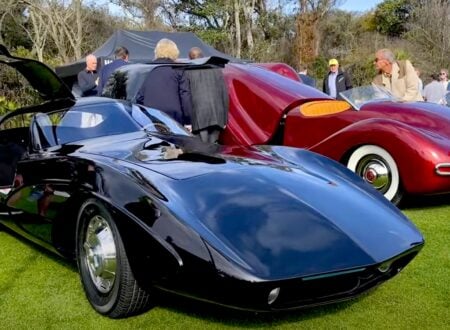This is one of the original Lister-Jaguar “Knobbly” racing cars from the 1950s, a time when the unusual looking vehicles from Cambridge were dominating on race tracks across Britain and the United States.
Lister was a relatively small automaker that had seemingly come out of nowhere in 1954 to challenge and soundly beat the best in the world using handbuilt cars with signature looks and impeccable engineering.
Fast Facts – The Lister-Jaguar “Knobbly”
- The Lister Motor Company Ltd was founded in 1954 by Brian Lister in Cambridge, England. He served with the British RAF for two years from 1946 and became a professional-grade drummer, playing in a band named “The Downbeats.”
- Brian Lister was one of the founding members of the Cambridge Car Club. He was a devoted fan of cars and racing, his first car was an ex-police MG which was soon followed by a Morgan 4/4 and a Cooper-MG.
- Lister soon began developing his own cars and defied the odds by rapidly becoming one of the most successful racing car manufacturers in England when measured in wins.
- The Lister-Jaguar appeared in 1957, of the 14 races entered it won 12, and set the fastest lap or the outright lap record at each circuit. It went into production in 1958 and quickly became the most feared sports racing car of the era.
Why Is It Called The “Knobbly”?
The “Knobbly” nickname comes from the British word knobbly, which is used to describe something with lumps or bumps on it – it was applied to the Lister-Jaguar due to the pronounced humps over the wheels.
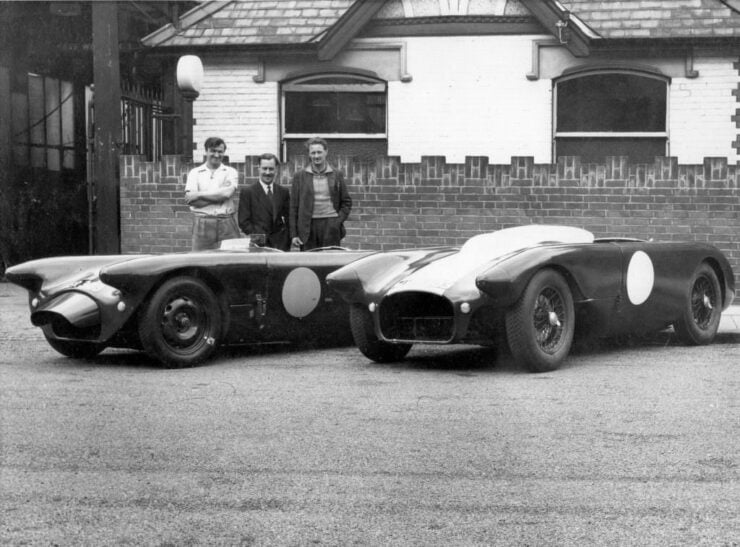

The Lister-Jaguar, and many of the other Listers of the period, were developed to have very low bodies in order to ensure a low center of gravity. This accentuated the curve of the bodywork over the wheels, and may have contributed to the nickname.
The Lister-Jaguar Is Born
Brian Lister and his team developed the first Lister-Jaguar in 1957, they modified their already-successful chassis to accommodate the 3.4 litre Jaguar D-type XK straight-six.
A new hand-formed aluminum body was designed to clothe the car, though they may not have known it at the time it would become one of the defining shapes of British sports car racing in the 1950s.
Above Video: Here we see a Lister Knobbly (not the car featured in this article) racing at the limit around the storied Goodwood Circuit in England.
Lister’s #1 driver “Archie” Scott Brown won the 1957 British Empire Trophy in the new Lister-Jaguar. The car would go on to become a dominant force – winning 12 of the 14 races in which it was entered that year and setting the fastest lap or the outright lap record at each circuit.
Across in the United States the Americans would start fitting their own locally produced engines to Listers, mostly Chevrolet V8s, which formed a potent package that many found unbeatable.
Interestingly, one of these American customers was a Texan named Jim Hall who ordered a car through a sports car dealership he shared with a certain Mr Carroll Shelby.
Not long after this Shelby would begin building the Shelby Cobra – a lightweight British sports car he fitted with an American V8 to create an almost unbeatable sports racing car. An idea that was likely influenced by his exposure to the V8-powered Lister owned by Hall.
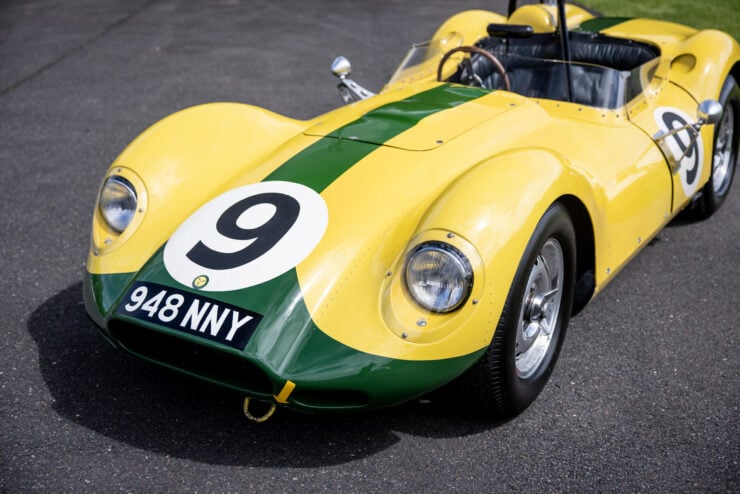

Hall himself would later become the builder of the Chaparral 2 series of cars that would have a major impact on American motor racing.
Tragically, Lister’s driver “Archie” Scott Brown, also a dear friend of Brian Lister, was killed in an accident at Spa-Francorchamps while racing. This deeply affected the company founder, and after some other racing deaths (not in Listers) he decided to focus on his family business.
The Lister name would live on however in the hands of a small number of owners until it was acquired by the father and son team of Andrew and Lawrence Whittaker in 2013.
Under Whittaker ownership the company has benefited from a significant investment in both facilities and personnel, and it now produces a range of modern and continuation models.
The Lister-Jaguar “Knobbly” Shown Here
The Lister-Jaguar you see here is likely one of the most historically significant in existence, and certainly one of the most famous due to its almost annual appearances at the popular Goodwood Revival in England where it’s raced with gusto.
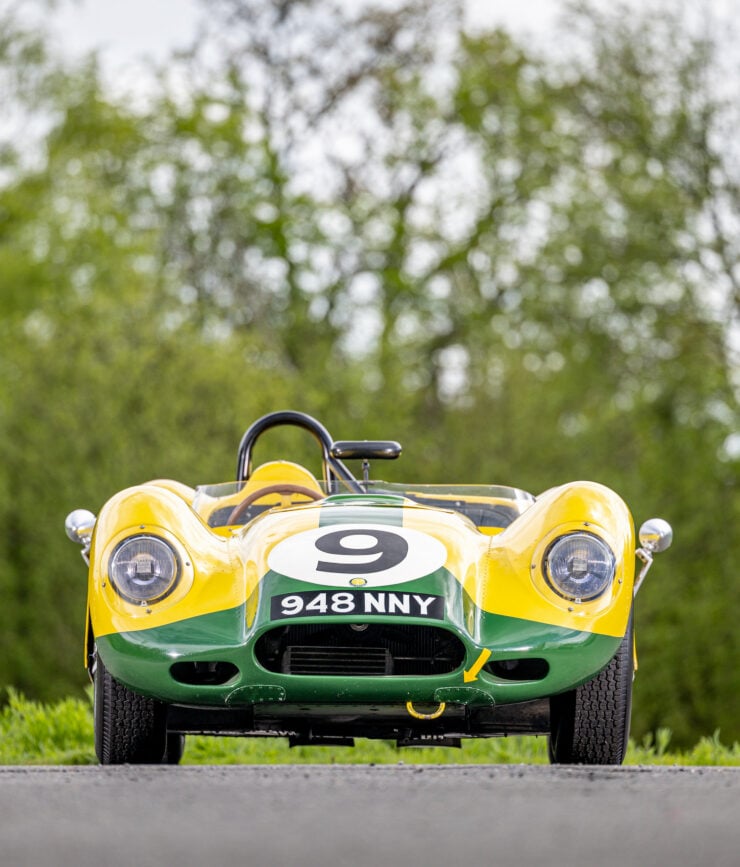

This car was originally ordered by the Equipe Nationale Belge (ENB) racing team in the unusual reverse livery of Lister factory colors – yellow with a green stripe and nose.
Its first race was at the Daily Express Trophy Meeting at Silverstone on the 3rd of May 1958. It would race two weeks later at the Grand Prix de Spa, and from there onto competing in the 1958 24 Hours of Le Mans. Sadly the Jaguar engine suffered a connecting rod failure after 4 hours, and the car was sent to Jaguar’s Browns Lane factory for a replacement engine.
This is where things get a little interesting, as allegedly there was much curiosity at Jaguar about the Lister, and its ability to race against and beat their own D-Types.
As a result while the car was at Jaguar, and after its new XK engine had been fitted, Jaguar engineer Malcolm Sayer and legendary Jaguar test driver Norman Dewis are said to have taken the car to the MIRA proving ground and wind tunnel for development and aerodynamic analysis.
Some have wondered if they pushed the car too hard during testing with its new engine, as it failed promptly during practice for the RAC Tourist Trophy at Goodwood.
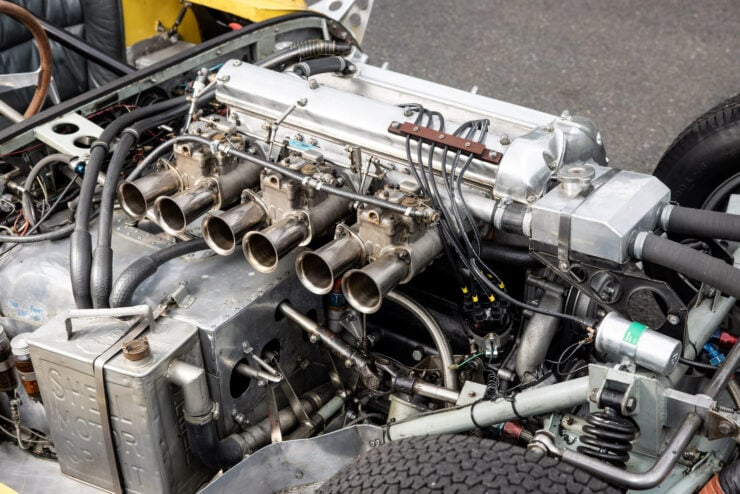

The car later competed at the MCMC Oulton Park International sports car race, followed by the Eläintarhanajo-Djurgärdsloppet which would be its last major period race.
Fortunately the car was carefully preserved for decades after this, something that often doesn’t happen for historic race cars, and in 1997 it found its way into the possession of its current owner who commissioned a full restoration by marque expert Chris Keith-Lucas (of Lynx and now CKL Developments).
Since this time the car has been raced almost every year at the Goodwood Revival, as mentioned above, where it’s been seen by the event’s vast crowds battling against the D-Types and other 1950s sports racing cars.
It’s now due to roll across the auction block with RM Sotheby’s, fittingly at Le Mans, with a price guide of $1,550,000 – $1,900,000 USD. If you’d like to read more about it or register to bid you can visit the listing here.
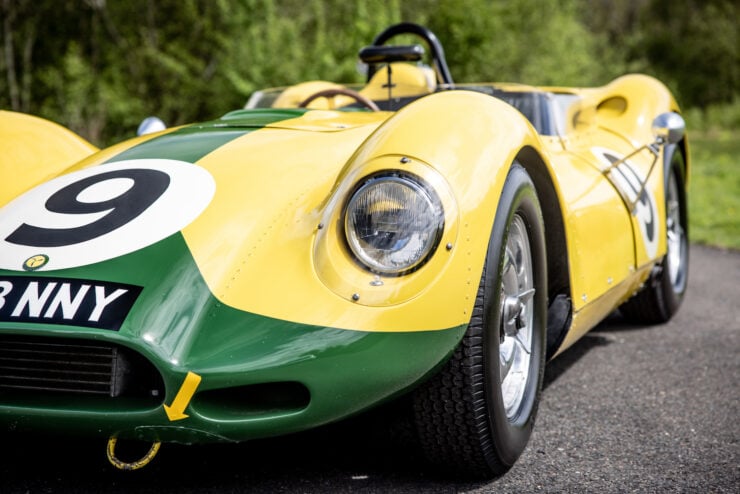
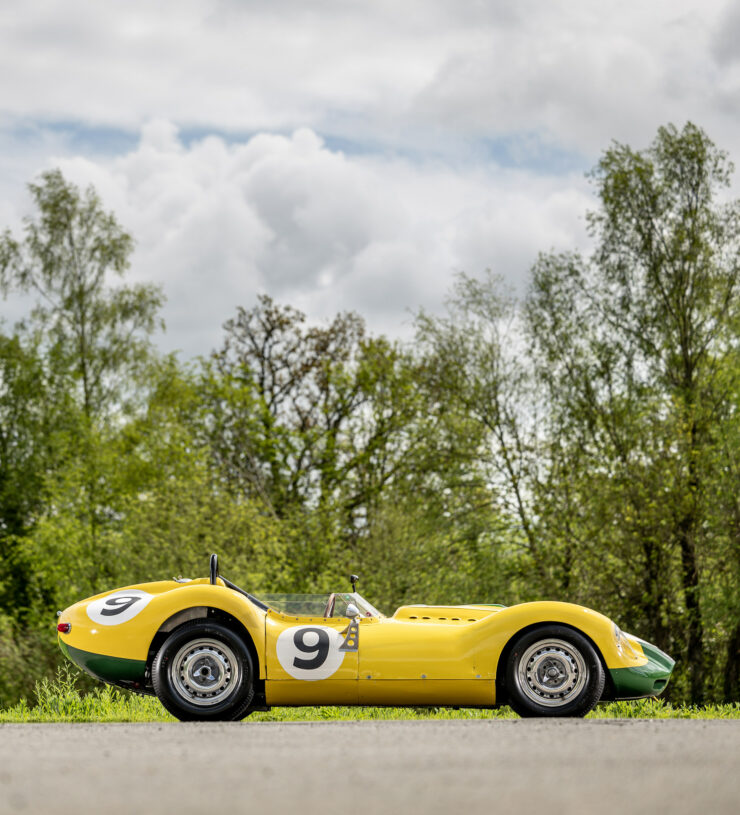
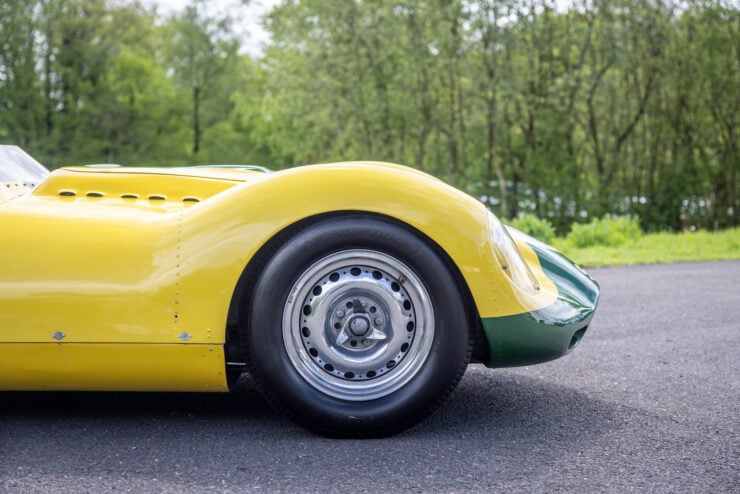
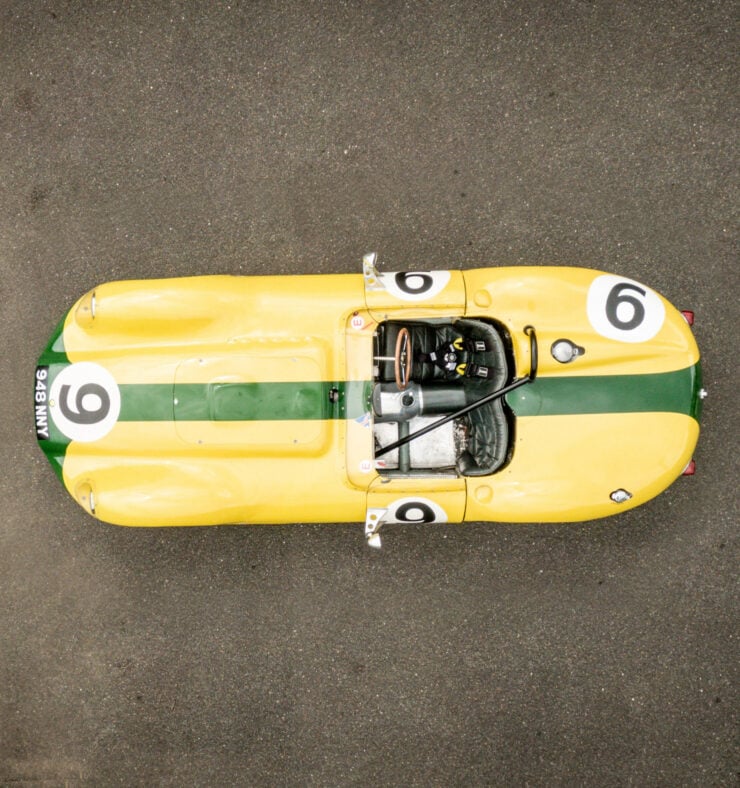
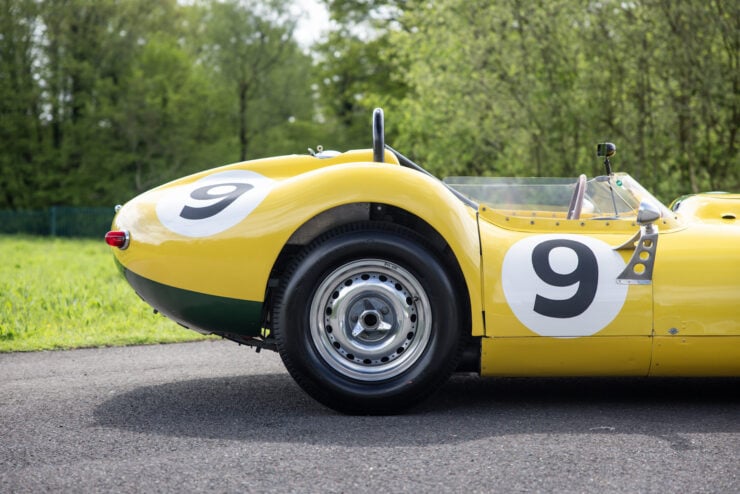

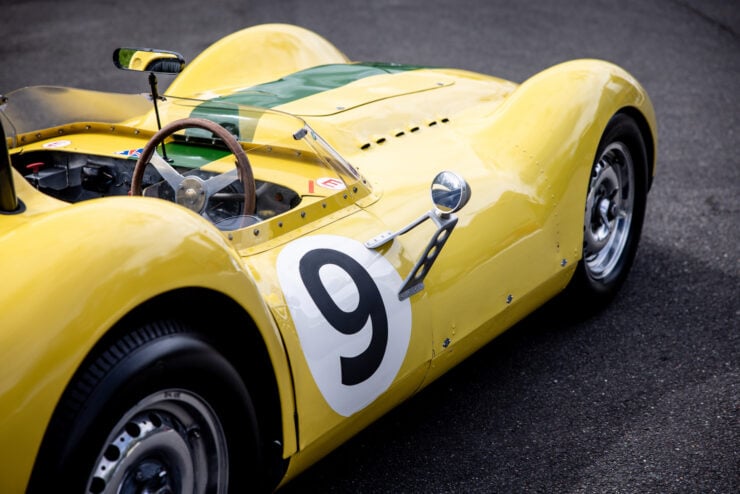
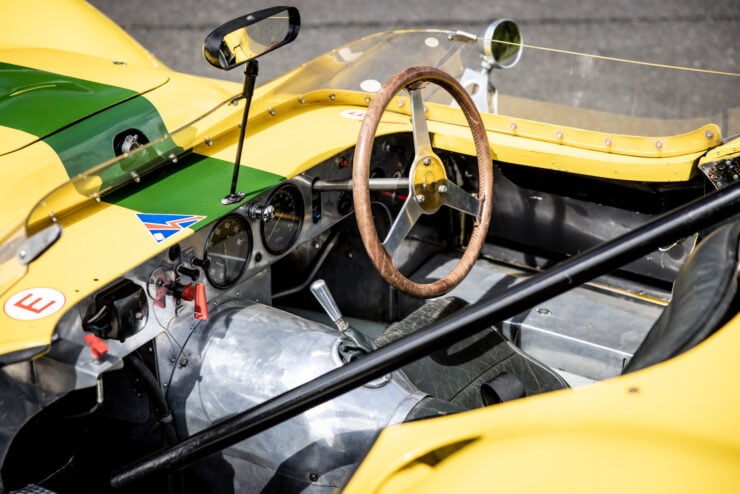
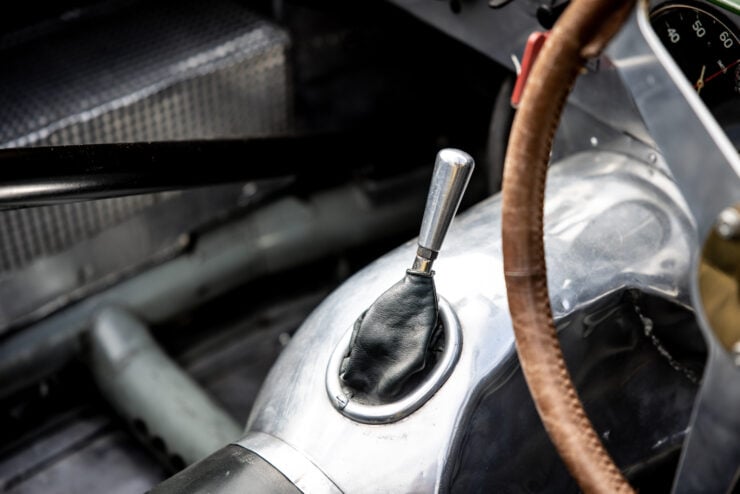
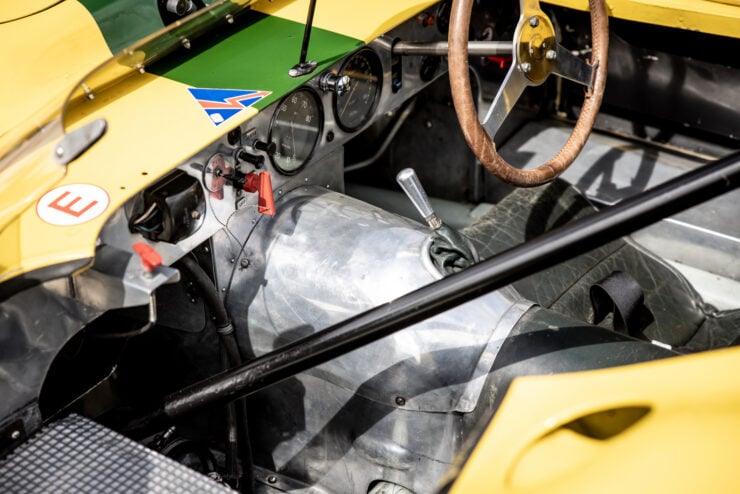
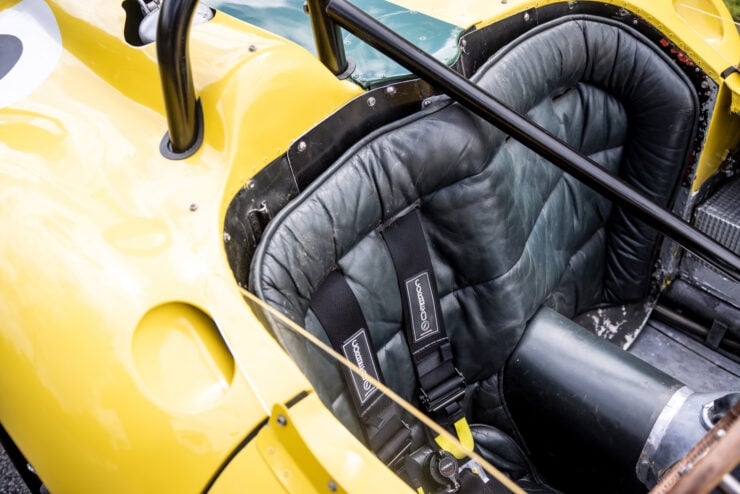
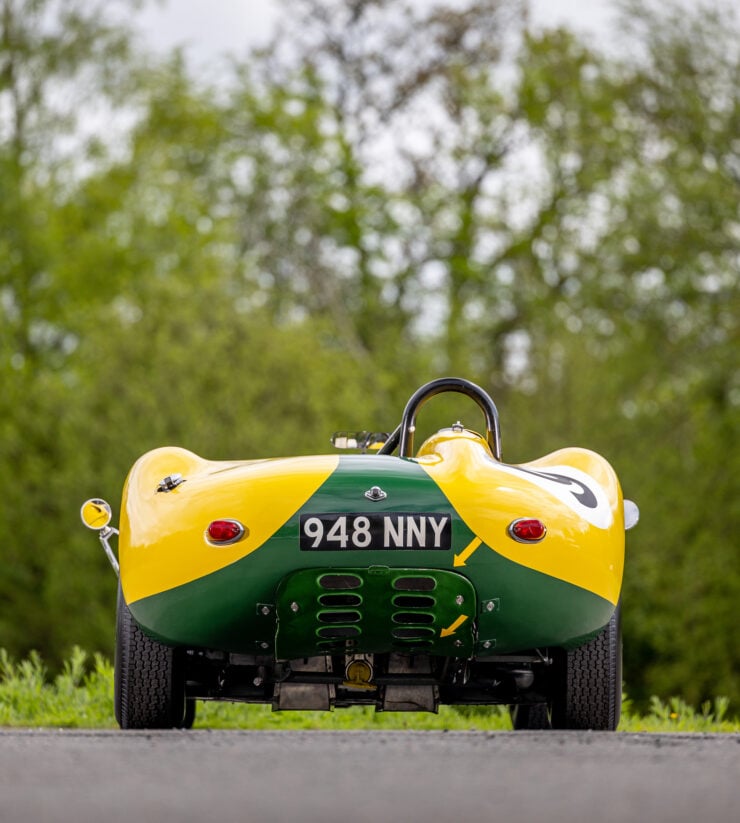
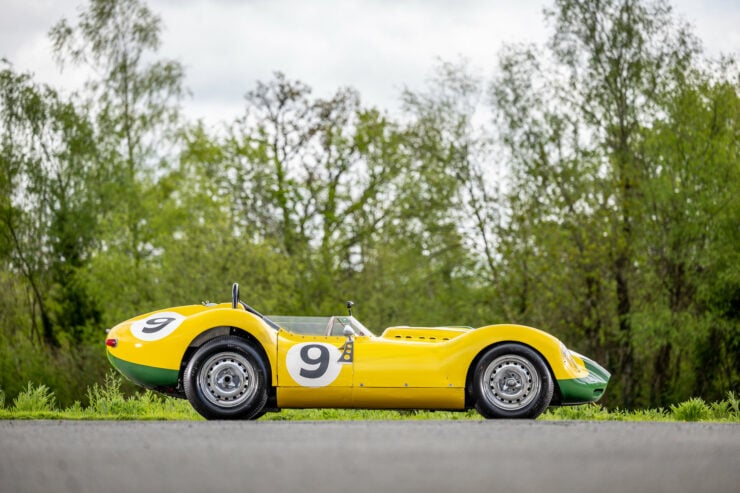
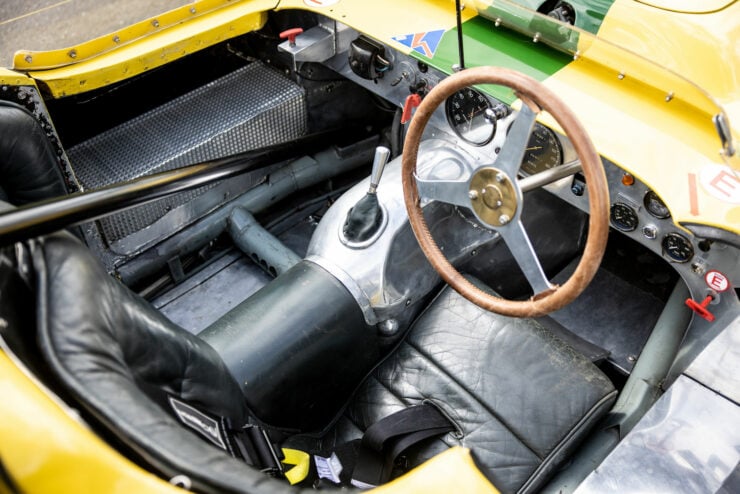
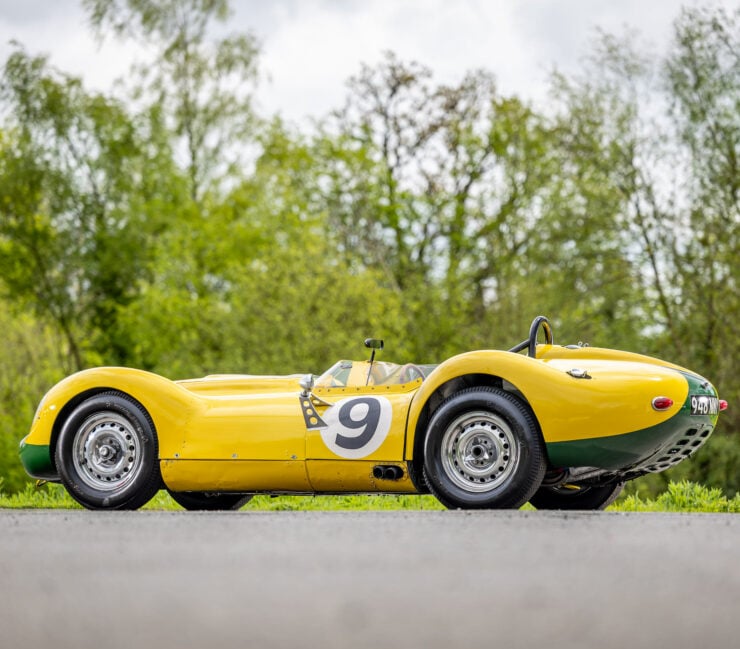
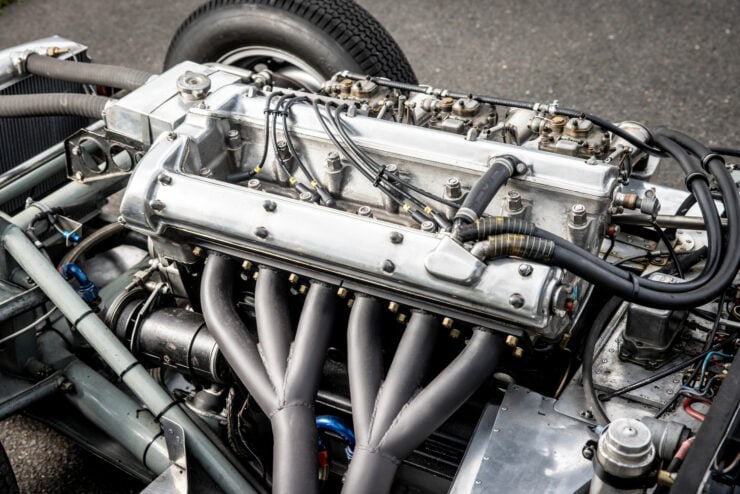
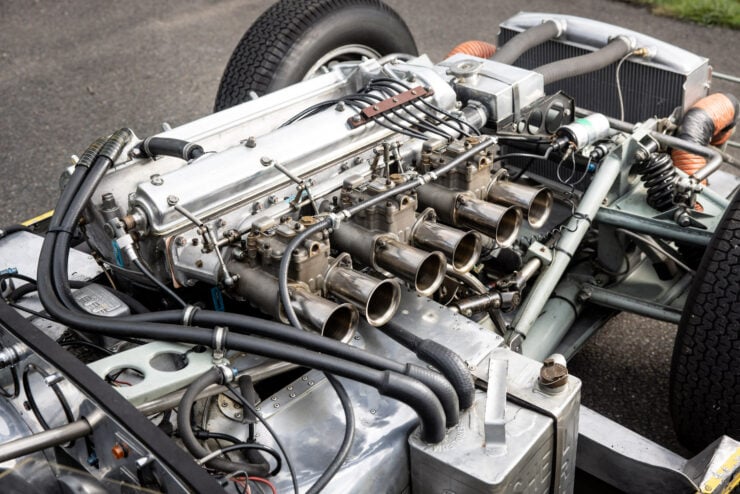
Images: Neil Fraser ©2023 Courtesy of RM Sotheby’s

Articles that Ben has written have been covered on CNN, Popular Mechanics, Smithsonian Magazine, Road & Track Magazine, the official Pinterest blog, the official eBay Motors blog, BuzzFeed, Autoweek Magazine, Wired Magazine, Autoblog, Gear Patrol, Jalopnik, The Verge, and many more.
Silodrome was founded by Ben back in 2010, in the years since the site has grown to become a world leader in the alternative and vintage motoring sector, with well over a million monthly readers from around the world and many hundreds of thousands of followers on social media.

